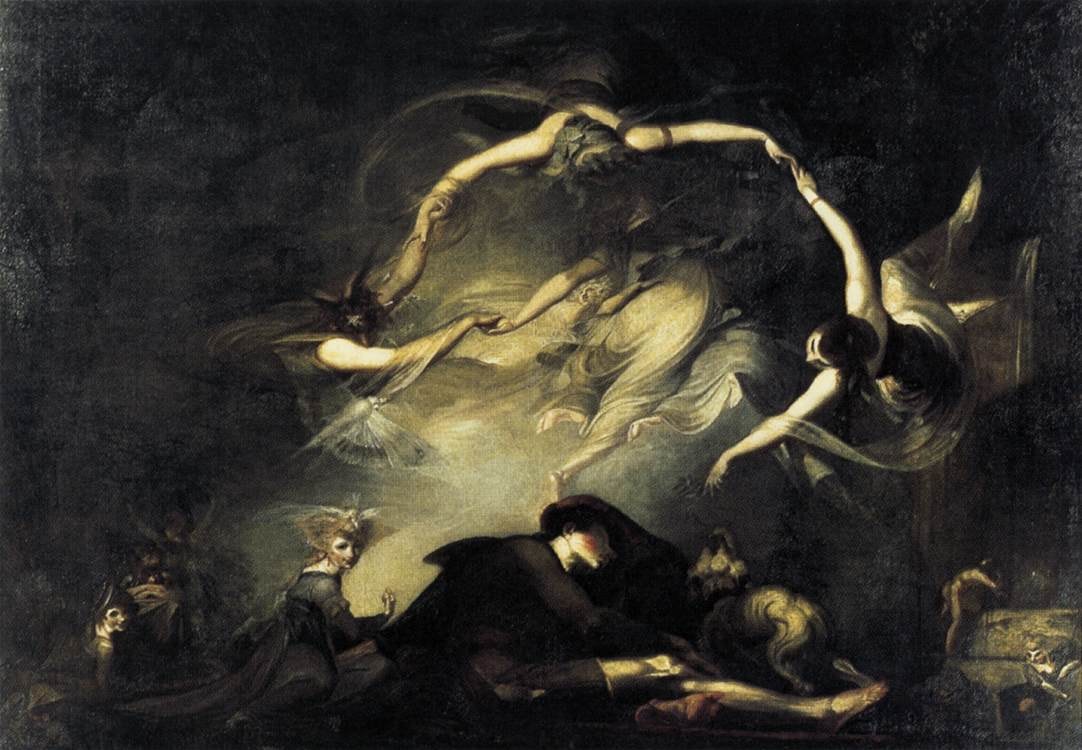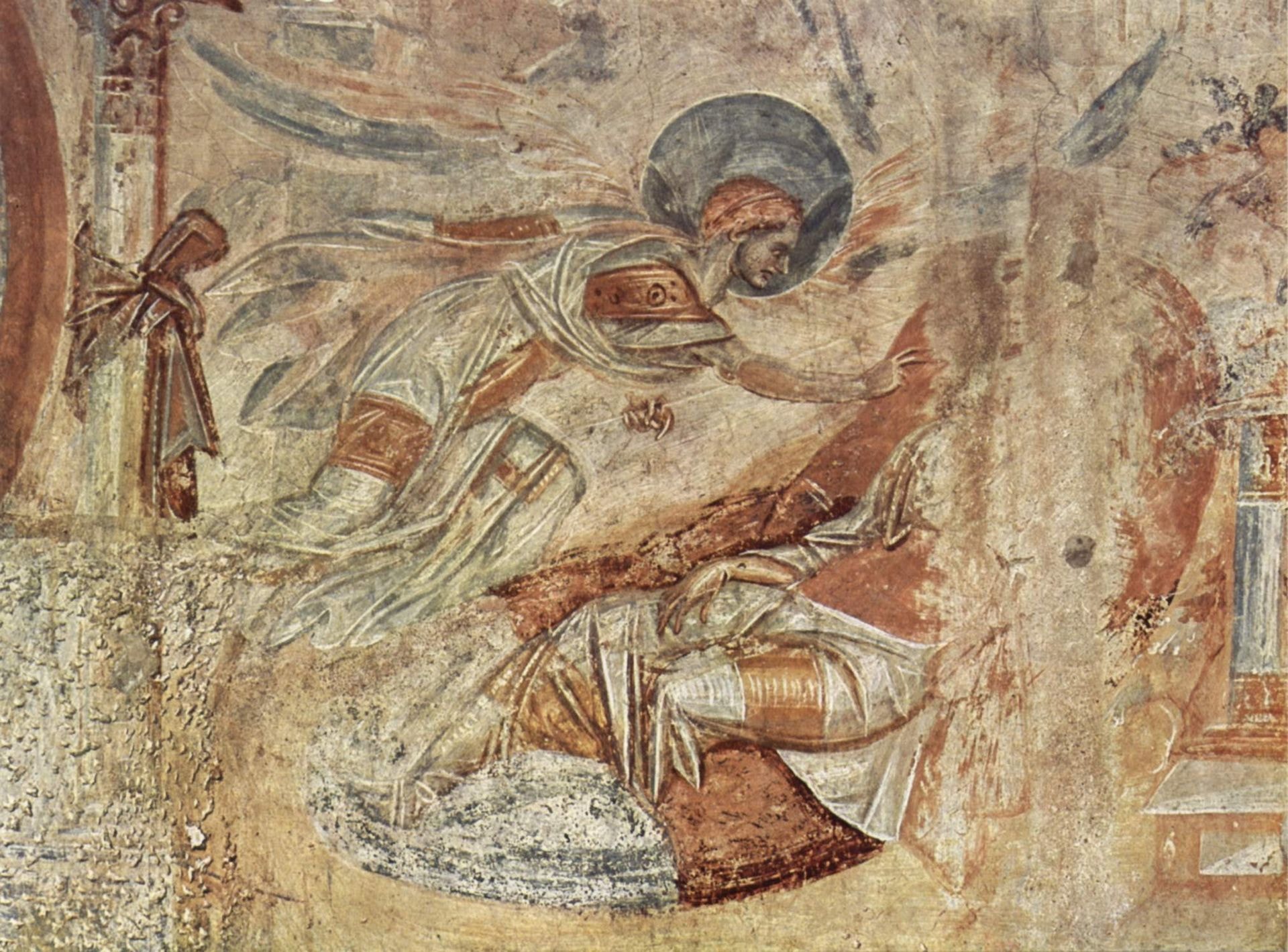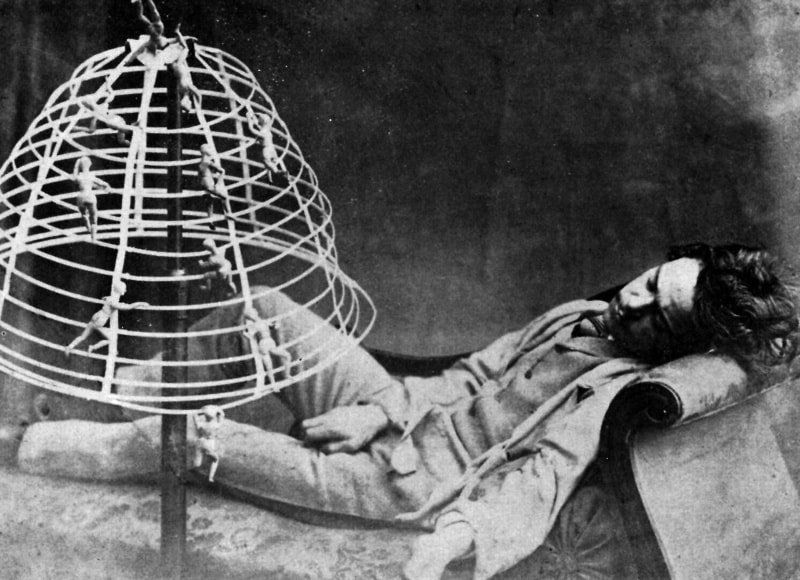Can Dreams Predict The Future?
A brief tour through the history of dream interpretation and its ineffable power over humankind.
“Your visions will become clear only when you can look into your own heart. Who looks outside, dreams; who looks inside, awakes.” Jung once thus remarked in a passage on dreams and the visions that accompany them. We intuit (to put it mildly) that dreams are an expression of our deepest selves. It’s no coincidence that in countless stories, novels, poems and epics, historical chronicles and works of art, dreamers are able to see the future, to understand the mysteries of the past, or simply to perceive something that’s not shown clearly in the physical world. The “fantasies” which visit our minds while we sleep can often seem trivial, but they’ve been studied and understood as messages (sometimes divine messages) for as long as humans have had memory. The practice occurs in cultures, over entire ages, and has resulted in wars, in the emergence of empires, in marriages as in deaths, and in a tremendous number of decisions taken throughout the history of humankind. That’s how powerful is the world of dreams.

The history of the interpretation of dreams is as old as dreams themselves. One of the first written references to a deciphered dream is found in no less than the Epic of Gilgamesh, one of the first works of literature to have survived to our own time. In sacred texts and many human mythologies, for example, dreams reveal the future as a ghostly foreboding. Think of the Bible and the story of Jacob’s ladder, or the episode in which the Pharaoh dreams of the famine that’s to devastate his people. In their revealing quality, dreams can unite members of a community or common faith. Conversely, dreams have also illuminated past events. How many stories do we know of dreams revealing the mysteries of events which happened long ago?

The dream world played an essential role in ancient cultures. In Egypt, hieroglyphs have been found illustrating dreams in which the interpretation of dreams is quite evident. In ancient Greece, dreams often contained premonitions of the future, omens or visions. The Greeks also built temples called asclepeions, places where the sick could ask for their health and where healing, it was believed, came by divine grace incubated inside of dreams, events of a curative nature. Great Chinese thinkers also practiced the interpretation of dreams and wondered if the dreamer was not inside a dream being dreamed by someone else – as in the well-known fable of Chuang-tzu and the butterfly.

During 18th and 19th century Europe, a major transition occurred when the interpretation of dreams – until then conditioned by religious, spiritual, and symbolic thinking – was confronted with rationalism. This explained dreams as the mere products of mental mechanisms. The British philosopher, David Hartley, for example, described in his book, Observations on Man (1749), three main sources of dreams. These included the impressions and ideas with which we’ve recently been in contact, the state of the body (in particular, of the brain and the stomach), and the associative mechanisms within our minds which, according to Hartley, continue to work while we sleep. Even at a time when the brain and dreams were being explained rationally, there were people like Walt Whitman who always believed in the power of information which reaches us when we sleep, a trait evident in his poetry.
The Interpretation of Dreams (1899) by Sigmund Freud once again revolutionized this very human practice. Broadly speaking, this essential text gave a place to dreams that seems intuitively irrefutable. For the creator of psychoanalysis, dreams were the expression of the unconscious, of repressed desires, of our traumas and the most ignored of our emotions (which actually condition each of our thoughts and actions). After Freud would come Carl Jung who, without completely discarding Freud’s theories, took them further by integrating the concept of the archetypes (symbols or primordial metaphors existing within every human being) and the collective unconscious, all of which completed our understanding of the personal unconscious.

Today, there are countless methods for deciphering our dreams. Likewise, scientific studies will explain them. Despite the fact that science acquires, every day, more information on the physiological or psychological sides of dreams as cognitive processes, it’s inevitable that our minds, symbolic and metaphorical, feel enlightened when we dream we’re flying. When we dream that someone dear has died, we don’t wonder that we wake up beset with grief. Dreams are often conceived as fantasies, but in their power, our desire to know if they have something to say still accompanies us every night, even as we sleep.
Related Articles
When ancient rituals became religion
The emergence of religions irreversibly changed the history of humanity. It’s therefore essential to ask when and how did ancient peoples’ rituals become organized systems of thought, each with their
Seven ancient maps of the Americas
A map is not the territory. —Alfred Korzybski Maps are never merely maps. They’re human projections, metaphors in which we find both the geographical and the imaginary. The cases of ghost islands
An artist crochets a perfect skeleton and internal organs
Shanell Papp is a skilled textile and crochet artist. She spent four long months crocheting a life-size skeleton in wool. She then filled it in with the organs of the human body in an act as patient
A musical tribute to maps
A sequence of sounds, rhythms, melodies and silences: music is a most primitive art, the most essential, and the most powerful of all languages. Its capacity is not limited to the (hardly trivial)
The enchantment of 17th-century optics
The sense of sight is perhaps one the imagination’s most prolific masters. That is why humankind has been fascinated and bewitched by optics and their possibilities for centuries. Like the heart, the
Would you found your own micro-nation? These eccentric examples show how easy it can be
Founding a country is, in some ways, a simple task. It is enough to manifest its existence and the motives for creating a new political entity. At least that is what has been demonstrated by the
Wondrous crossings: the galaxy caves of New Zealand
Often, the most extraordinary phenomena are “jealous of themselves” ––and they happen where the human eye cannot enjoy them. However, they can be discovered, and when we do find them we experience a
Think you have strange reading habits? Wait until you've seen how Mcluhan reads
We often forget or neglect to think about the infinite circumstances that are condensed in the acts that we consider habitual. Using a fork to eat, for example, or walking down the street and being
The sky is calling us, a love letter to the cosmos (video)
We once dreamt of open sails and Open seas We once dreamt of new frontiers and New lands Are we still a brave people? We must not forget that the very stars we see nowadays are the same stars and
The sister you always wanted (but made into a crystal chandelier)
Lucas Maassen always wanted to have a sister. And after 36 years he finally procured one, except, as strange as it may sound, in the shape of a chandelier. Maassen, a Dutch designer, asked the










